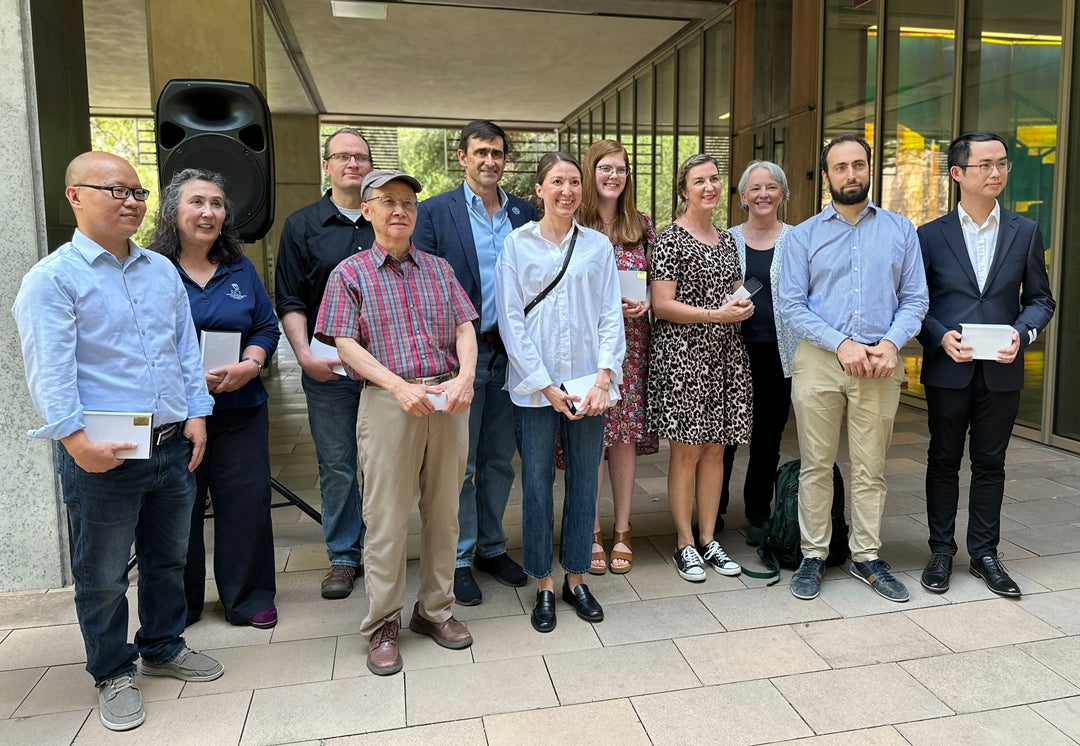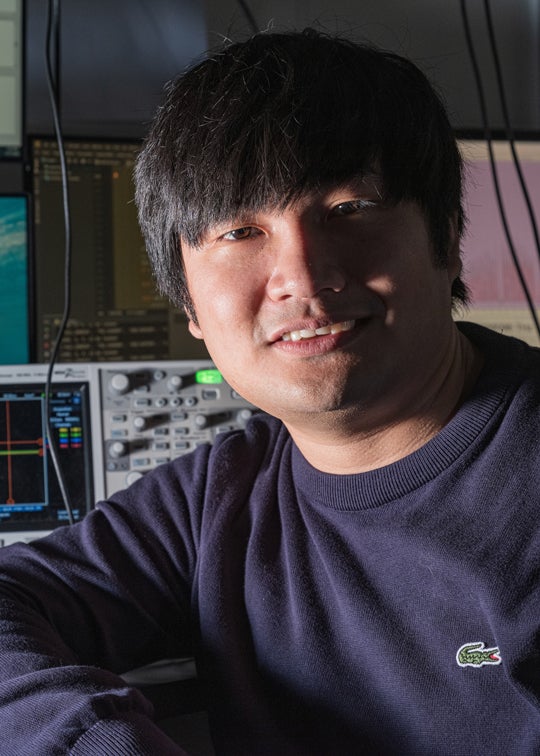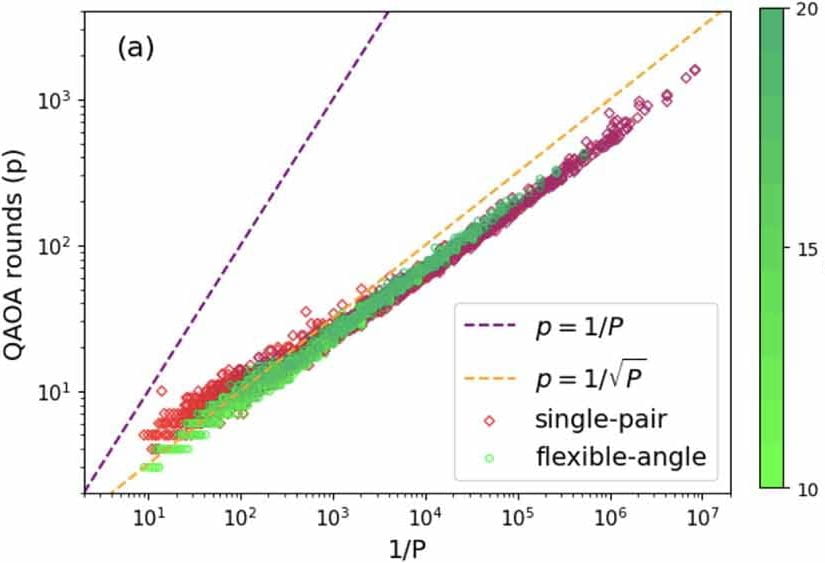We are an experimental research group at the Physics and Astronomy Department at Rice University. We use individual atoms as carriers of information and control precisely their mutual interactions. For more details, please have a look at our research directions!
Paper on Inner-Shell Transitions in Yb+ ions published on PRR!

Congrats Midhuna! Our new paper on the study of a new metastable state in Yb+ ions is now published on PRR! We discovered a narrow line connecting the metastable manifold with a previously unexplored bracket state. We employ several techniques from quantum information to prepare and manipulate multiple atomic states, and to map out all the decay paths of this new state. Check it out!
- Precision Measurement of Lifetime and Branching Ratios of the state 4f13 5d 6s [5/2]_5/2 in Yb+ ions:
Paper on delocalized charge transfer published on PRXQ!

Our paper on simulating delocalized charge transfer is now published in PRXQ! We found a new way to dissipatively transfer entangled states (a delocalized exciton) from one end to the other of the ion chain. Thanks to Diego and Han for this exciting collaboration!
- Delocalized Excitation Transfer in Open Quantum Systems with Long-Range Interactions:
New Paper on Trapped-Ion Quantum Simulations of Charge and Exciton Transfer!

Our new paper on the quantum simulation of charge and exciton transfer in a multi-mode vibronic model with tunable dissipation is on the arXiv. This paper encompasses aspects of chemistry, quantum optics, and atomic physics and it paves the way to scale up our approach based on sympathetic cooling to simulate a wide range of phenomena and regimes. Check it out!
- Quantum Simulations of Charge and Exciton Transfer in Multi-mode Models using Engineered Reservoirs:
All you always wanted to know about trapped ions, but you never dared to ask

The Proceedings based on Guido’s Varenna 2024 summer lectures are finally ready. We cover the foundational aspects of trapped ions, from trapping, quantum motion and qubits encoding to quantum logic and analog quantum simulation. We also provide a short review of recent results on how to use trapped-ion systems as an open quantum simulators for chemical dynamics and discuss upcoming challenges on the road to scaling up trapped-ion simulators and computers. Check it out! Comments are welcome!
- Fundamentals of Trapped Ions and Quantum Simulation of Chemical Dynamics:
Guido wins the 2025 Excellence in Undergraduate Mentoring Award

Guido wins the 2025 Excellence in Undergraduate Mentoring Award of the Wiess School of Natural Sciences. Congratulations to all the 2025 winners!
Visal So wins the Dunlap Award!

Visal So wins the Dunlap Award for his work on quantum simulation of electron transfer models. You can find more details here. Congrats Visal! Well deserved!
Our paper on trapped-ion simulation is published on Science Advances!

Our paper on the simulation of a paradigmatic model of electron transfer in the presence of tunable dissipation is now available on Science Advances. This paper encompasses aspects of chemistry, quantum optics, and atomic physics. Check it out!
- Trapped-Ion Quantum Simulation of Electron Transfer Models with Tunable Dissipation:
- Press release
Our paper on Grover-QAOA applied to SAT problem is published on QST!

We applied a new variant of QAOA (Quantum Approximate Optimization Algorithm) based on the Grover algorithm (G-QAOA) to satisfiability problems (3-SAT and Max-SAT), relevant to optimization applications. We find that G-QAOA surpasses conventional QAOA in its ability to sample all solutions and shows quadratic speedup. Check it out on Quantum Science and Technology!
- Grover-QAOA for 3-SAT: quadratic speedup, fair-sampling, and parameter clustering,
Zewen Zhang, Roger Paredes, Bhuvanesh Sundar, David Quiroga, Anastasios Kyrillidis, Leonardo Duenas-Osorio, Guido Pagano and Kaden R A Hazzard, Quantum Sci. Technol.,10 015022 (2024)
Our paper on simulating electron transfer with trapped ions is on the arXiv!

We used a multi-species ion chain employing both ground-state and optical qubits to simulate a paradigmatic model of electron transfer in the presence of tunable dissipation. This paper is the result of a very fun interdisciplinary collaboration among the Physics, Chemistry, and Bioscience departments at Rice University. Check it out!
- Trapped-Ion Quantum Simulation of Electron Transfer Models with Tunable Dissipation:
Congrats Abhishek and April!
Abhishek won the Chuoke Award and April got the distinction award Distinction for Undergraduate Research! Congrats to both!

